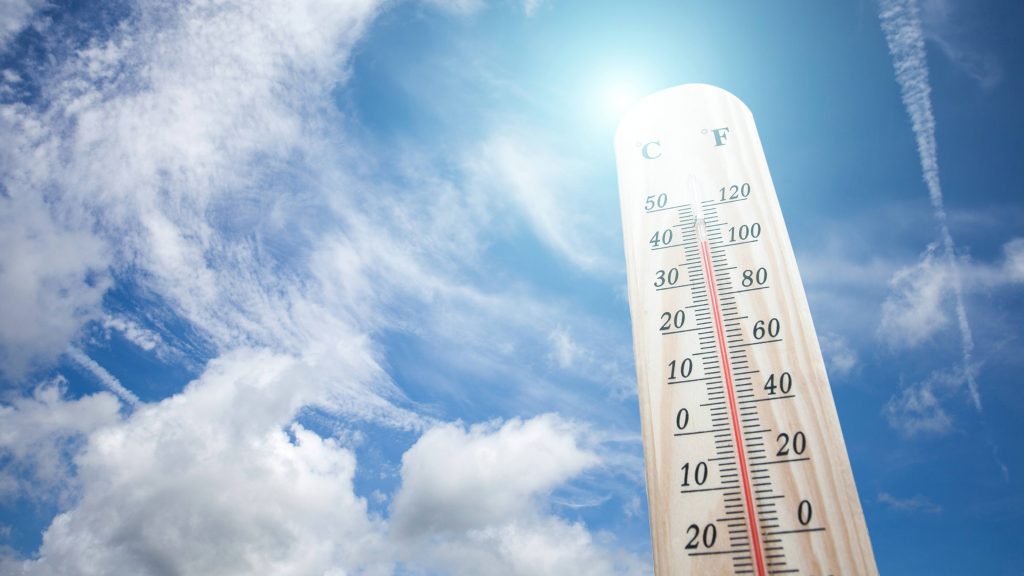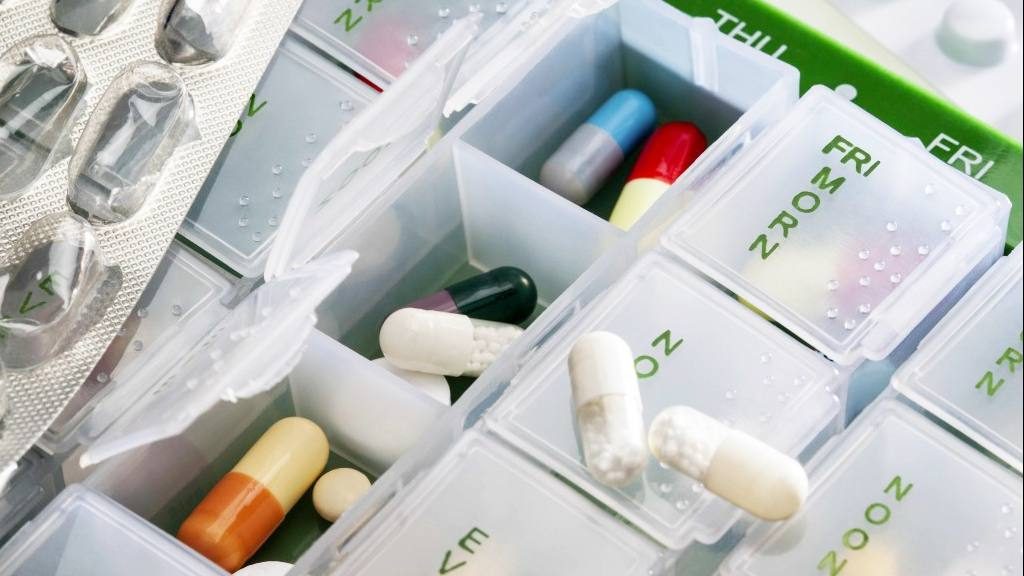
Many parts of the U.S. continue to grapple with oppressive heat and humidity. This can prevent the body from cooling down, increasing the risk of heat cramps, exhaustion and heatstroke. Dr. Jesse Bracamonte, a Mayo Clinic family medicine physician, says the extreme heat and high humidity can be a dangerous mix.
“High heat and high humidity can place one at risk for serious illness if people aren’t careful. The heat can affect people’s bodies by increasing the core body temperature and ability to sweat, and cause dehydration that can cause further medical problems and ensuing issues, and eventually can lead to heat exhaustion, in some cases, severe heat illness, known as heatstroke,” says Dr. Bracamonte.
Watch: Dr. Jesse Bracamonte explains how heat and humidity can affect your health
Journalists: Broadcast-quality sound bites with Dr. Bracamonte are available in the downloads at the end of the post. Please courtesy: “Mayo Clinic News Network.” Name super/CG: Jesse Bracamonte, M.D./Family Medicine/Mayo Clinic.
Symptoms of heat-related illnesses
Heat-related illnesses can be serious. They include heat rash, heat cramps, heat exhaustion and heatstroke.
“Illness can be something mild, such as heat cramps, which is usually the first stage consisting of cramping and abdominal pain in some instances. Then it can progress to heat exhaustion, which is nausea, filling inability to cool, increased warmth, cramping, dehydration or mild dehydration,” he says. “And that can become severe, and that’s known as heatstroke, which can cause disorientation, confusion, the ability to cool yourself, nausea and vomiting.”
Heat exhaustion happens when the body loses too much water or salt from heavy sweating or dehydration, usually after being active in the heat. Heatstroke is more serious and happens when the body overheats and can’t cool down.
What to do for heat-related illnesses
Seeking care promptly for heat-related illnesses is crucial. You should try to cool down quickly, drink cool fluids and stay out of the heat until your symptoms get better.
“If you have symptoms of heat cramps or heat exhaustion, it’s important to stay cool,” says Dr. Bracamonte. Seek a cool, shaded place, go indoors, and drink fluids. Consider sports drinks containing electrolyte-hydrating fluids as well — just watch for heavy sugar content.
If you think someone has heat exhaustion, act fast to prevent heatstroke – which can be life-threatening.
- Move them to a shady or cool area.
- Lay them down and elevate their legs.
- Loosen tight clothing.
- Give them cool fluids to drink.
- Cool them with water and a fan.
- Monitor their condition closely.
Signs of heatstroke include:
- High body temperature (104 F or higher).
- Altered mental state (confusion, agitation, slurred speech).
- Dry or moist skin.
- Nausea, vomiting.
- Flushed skin.
- Rapid breathing.
- Racing heart rate.
- Headache.
If you think someone has heatstroke, call 911 or your local emergency services immediately.
Risk factors for heat-related illness
Some things can make people more sensitive to heat:
- Certain medications (like beta blockers and antihistamines)
- Obesity
- Sudden changes in temperature (like moving to a hotter climate or early heat waves)
- When the heat index is 91 F (33 C) or higher.

If you have questions about your medication, speak with your healthcare team.
Heat and humidity can pose health risks, so it’s important to take precautions to stay safe. Keep cool, stay hydrated, and stay informed to protect yourself and others when it’s hot outside.
“Be careful with doing new activities that can get you dehydrated quickly, so acclimate to the heat and don’t go out during the warmest parts of the day. Try to find the coolest parts of the day to keep yourself healthy and away from heat-related illness,” says Dr. Bracamonte.
Understanding the risks associated with high heat and humidity, recognizing the symptoms of heat-related illnesses, and knowing how to respond can help prevent serious health issues.
